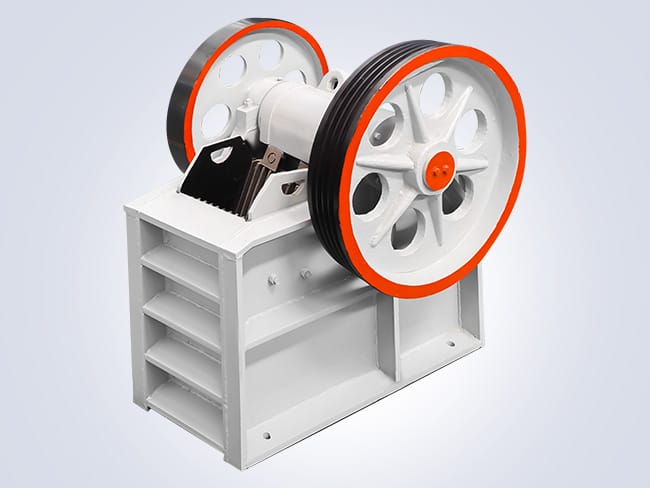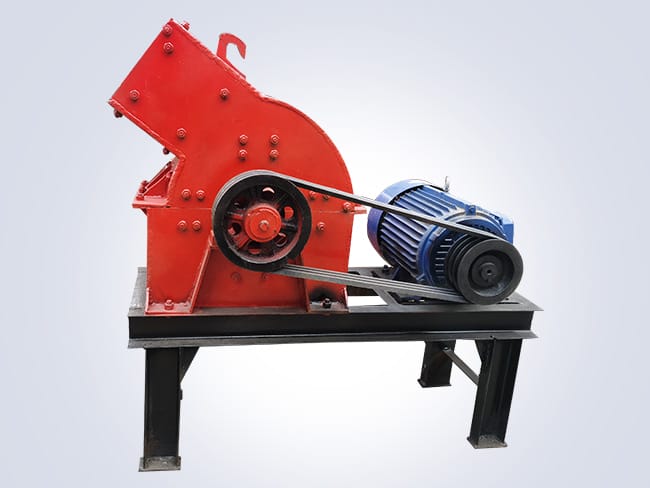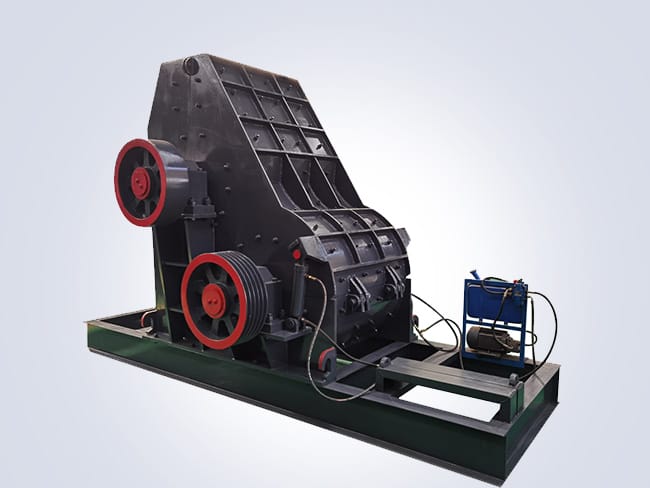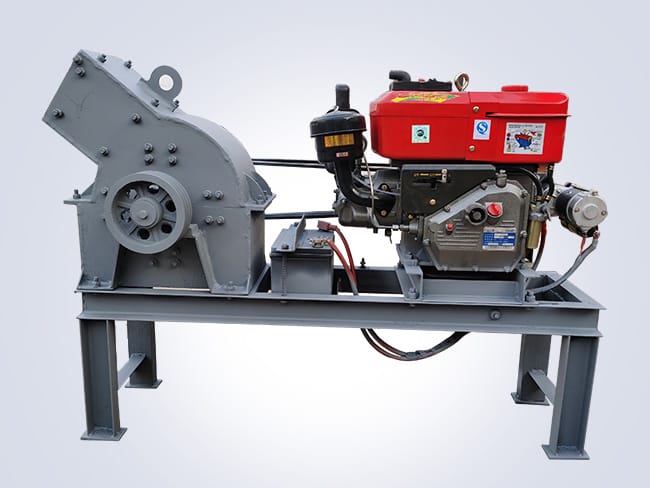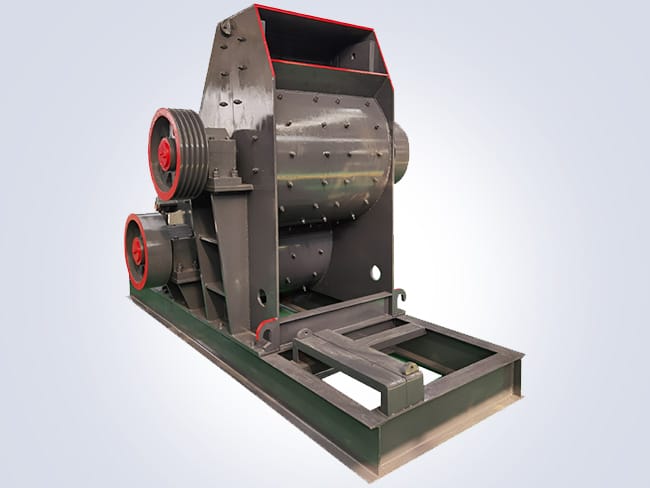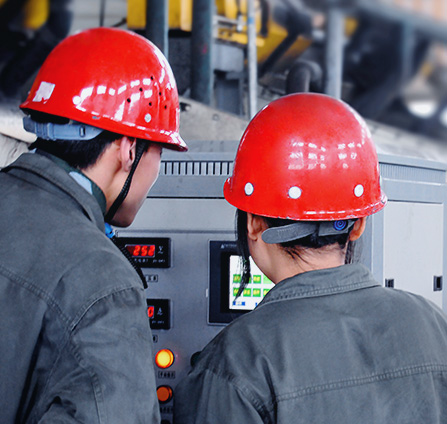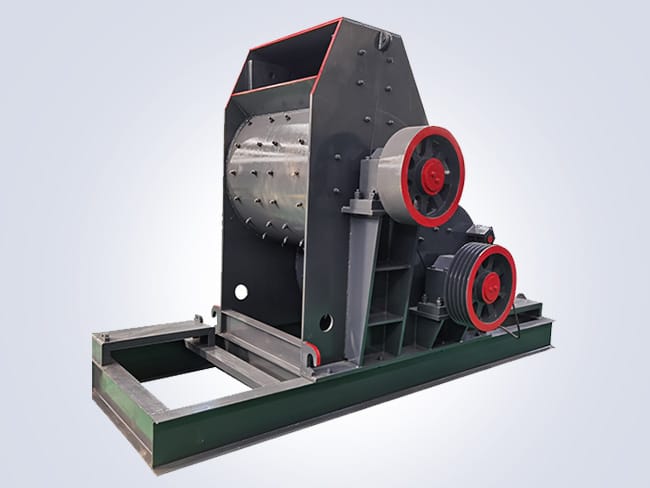
The sand-making machine is the core equipment in artificial sand and gravel production lines. It crushes and shapes stones into sand particles that meet construction standards through mechanical forc. And is widely used in fields such as concrete production, road construction, and railway construction. With the depletion of natural sand resources and the increasing stringency of environmental protection policies, manufactured sand, with its advantages of uniform particle shape and controllable grading, has gradually become the mainstream in the market, driving continuous technological upgrades of sand-making machines.
Sand-Making Machine: The Core Equipment for Modern Sand and Gravel Production
Modern sand-making machines are mainly classified into three categories: impact type, hammer type, and roller type. Among them, the vertical-shaft impact sand-making machine (such as the VSI sand-making machine) achieves efficient crushing. And shaping integration through its dual modes of “stone-on-stone” and “stone-on-iron.” The finished sand particles have a shape close to that of natural sand, and the powder content is controllable. Some models are also equipped with intelligent control systems that can monitor loads in real time and adjust parameters, balancing output and energy consumption.
In terms of technological innovation, sand-making machines are evolving towards larger sizes, energy efficiency, and intelligence. For example, hydraulic box-opening designs simplify maintenance procedures. Wear-resistant materials extend the lifespan of vulnerable parts, and dust suppression systems effectively reduce production pollution. In the future, with the penetration of 5G and the Industrial Internet, sand-making machines are expected to achieve remote operation and maintenance as well as adaptive production, providing stronger support for the construction of green mines.




